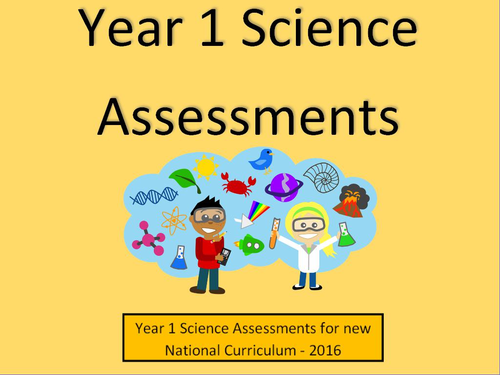













Objectives covered:
Identify and name a variety of common wild and garden plants, including deciduous and evergreen trees
Identify and describe the basic structure of a variety of common flowering plants, including trees
Identify and name a variety of common animals including fish, amphibians, reptiles, birds and mammals
Identify and name a variety of common animals that are carnivores, herbivores and omnivores
Describe and compare the structure of a variety of common animals (fish, amphibians, reptiles, birds and mammals including pets)
Identify, name, draw and label the basic parts of the human body and say which part of the body is associated with each sense
Distinguish between an object and the material from which it is made
Identify and name a variety of everyday materials, including wood, plastic, glass, metal, water, and rock
Describe the simple physical properties of a variety of everyday materials
Compare and group together a variety of everyday materials on the basis of their simple physical properties
Observe changes across the 4 seasons
Observe and describe weather associated with the seasons and how day length varies
ALSO ADDED: Individual assessments for ALL science objectives for ALL year groups are available for purchase as are individual year group, KS1, KS2 or complete Primary packs. Visit my shop – by clicking on my username – to find these great resources + lots more! And if you like these Science Assessments, you will also like my maths assessments – check them out in my shop!
Get this resource as part of a bundle and save up to 40%
A bundle is a package of resources grouped together to teach a particular topic, or a series of lessons, in one place.
Primary Science Assessments + Posters/Revision Sheets
This is a bundle of all my primary science assessments PLUS the accompanying posters/revision sheets. Please click on individual resources for full description and previews!
KS1 Science Assessments + Posters/Revision Sheets
This is a bundle of all my science assessments for KS1 PLUS the accompanying posters/revision sheets. Please click on individual resources for full description and previews!
Year 1 Maths and Science Assessments and Tracking
In this bundle you will find my Year 1 Maths Assessments and my Year 1 Science Assessments at a discounted price. Click on links below to preview both of these resources. The packs include individual tests to assess all Year 1 maths and science objectives; detailed mark schemes and spreadsheets to record and analyse the data. Please, leave feedback for this ‘must have’ resource! Also included: my Primary Foundation Subject Tracking resource for free!
Something went wrong, please try again later.
Fantastic resource just what I have been looking for. Thank you.
Report this resourceto let us know if it violates our terms and conditions.
Our customer service team will review your report and will be in touch.
